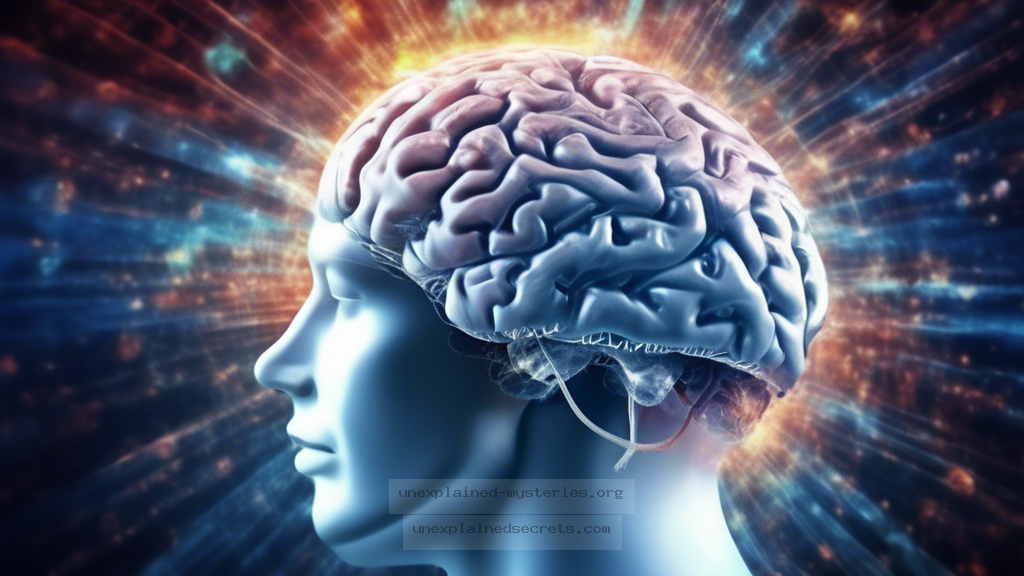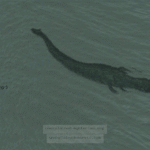Is Consciousness Truly Independent of the Brain? Exploring the Enigma of Near-Death Experiences
Is Consciousness Truly Independent of the Brain? Exploring the Enigma of Near-Death Experiences
The question of whether consciousness exists independently of the physical brain has intrigued humanity for centuries, particularly in the context of Near-Death Experiences (NDEs). These profound occurrences challenge our understanding of life, death, and what may lie beyond. The exploration of NDEs not only provides insights into possible survival after clinical death but also raises profound philosophical and scientific questions about the nature of consciousness itself. This post delves into the unexplained mysteries surrounding NDEs, examining historical accounts, scientific research, and the implications for our understanding of consciousness.
Understanding Near-Death Experiences
Near-Death Experiences are often described as a series of vivid, transformative events that occur when a person is close to death or has experienced a life-threatening situation. Common elements in NDEs include a sense of detachment from the body, feelings of peace, the presence of a bright light, and encounters with deceased loved ones. Research indicates that these experiences are reported worldwide, transcending cultural and religious boundaries, which raises questions about their nature and significance.
Historical Context of NDEs
The phenomenon of Near-Death Experiences is not a modern invention; historical records date back thousands of years. Ancient texts from various cultures, including the Tibetan Book of the Dead and writings from ancient Greece, reference experiences that resemble modern-day NDEs. Notably, in the 20th century, Dr. Raymond Moody’s groundbreaking book “Life After Life” (1975) brought NDEs into the public consciousness, sparking both interest and skepticism among the scientific community.
Since then, numerous studies have documented NDEs, with some researchers attempting to categorize their common elements. This historical backdrop not only sheds light on the continuity of human experiences with death but also suggests that the quest to understand consciousness is a universal human endeavor.
Core Concepts and Theories
At the heart of the NDE phenomenon lies the debate over the nature of consciousness. Traditional scientific perspectives typically view consciousness as a product of brain activity, with the cessation of brain function leading to the cessation of consciousness. However, the consistent reports of lucid experiences during periods of clinical death challenge this notion. Some theories propose that consciousness may be a fundamental aspect of the universe, akin to space and time, allowing for experiences independent of the physical brain.
One such theory is the “quantum consciousness” hypothesis, which suggests that consciousness arises from quantum processes within the brain. This theory posits that consciousness may exist outside of physical limitations, allowing for experiences during clinical death. While still highly speculative, it opens the door to considering consciousness as a non-local phenomenon.
Scientific Research on NDEs
Scientific research into NDEs has gained traction, with various studies attempting to analyze the experiences and their implications. One notable study conducted by Dr. Sam Parnia and colleagues examined patients who experienced cardiac arrest and were resuscitated. The study revealed that a small percentage of these individuals reported vivid experiences during the time they were clinically dead, including visual and auditory perceptions.
| Study | Findings |
|---|---|
| Dr. Sam Parnia’s AWARE Study | Reported experiences during cardiac arrest; some patients described events that occurred during clinical death. |
| Dr. Bruce Greyson’s Research | Identified consistent elements across NDEs, including a sense of peace and detachment. |
These findings suggest that consciousness may persist beyond the physical brain, although more research is needed to draw definitive conclusions. The scientific community remains divided, with some attributing NDEs to neurochemical reactions occurring in the brain during trauma or oxygen deprivation.
Practical Implications of NDE Research
The implications of understanding NDEs extend beyond philosophical musings; they impact how we approach life, death, and the grieving process. For individuals who have experienced NDEs, the aftermath often includes profound changes in perspective, leading to a greater appreciation for life and a diminished fear of death. Many report increased empathy and a desire to contribute positively to society.
Additionally, NDEs can influence medical practices, particularly in end-of-life care. Understanding that patients may have experiences during critical moments could encourage healthcare providers to adopt a more holistic approach, recognizing the psychological and spiritual needs of patients in life-threatening situations.
Alternative Perspectives on NDEs
While many view NDEs as evidence of an afterlife or consciousness independent of the brain, alternative explanations exist. Some researchers argue that NDEs may be the result of physiological and psychological responses to trauma. For instance, the release of endorphins and other neurochemicals during extreme stress could create feelings of peace and detachment.
Furthermore, cultural and religious beliefs play a significant role in shaping NDEs. Individuals from different backgrounds may interpret their experiences through the lens of their cultural narratives, leading to variations in reported experiences. This raises questions about the universality of NDEs and whether they can be fully understood outside of their cultural contexts.
Common Misconceptions and Clarifications
Despite the growing body of research on NDEs, misconceptions abound. One prevalent myth is that all NDEs are positive and transformative. While many individuals report uplifting experiences, some recount distressing or negative encounters during NDEs. These “negative” NDEs can be equally significant, prompting personal growth and introspection.
Another misconception is that NDEs are solely a product of brain function. Although neuroscience has provided valuable insights, the subjective nature of NDEs complicates the reduction of these experiences to mere physiological phenomena. Understanding the interplay of brain activity, consciousness, and personal beliefs is crucial for a holistic perspective on NDEs.
Best Practices for Investigating NDEs
For those interested in exploring NDEs further, a multidisciplinary approach is essential. Engaging with literature across psychology, neuroscience, philosophy, and spirituality can provide a well-rounded understanding of the phenomenon. Here are some best practices for investigation:
- Read widely: Explore books, research papers, and case studies on NDEs from various perspectives.
- Attend conferences: Participate in discussions with researchers and individuals who have experienced NDEs to gain diverse insights.
- Engage with communities: Connect with support groups for NDE experiencers, allowing for firsthand accounts and shared experiences.
- Encourage open dialogue: Foster conversations that respect differing viewpoints and encourage critical thinking.
Future Developments and Ongoing Research
The field of NDE research is still evolving, with ongoing studies aiming to unravel the complexities of consciousness and its relationship to physical existence. As technology advances, researchers are exploring neuroimaging techniques to better understand brain activity during near-death states. Additionally, interdisciplinary collaborations are likely to yield new insights into the psychological and cultural dimensions of NDEs.
Furthermore, the increasing acceptance of consciousness studies in mainstream science may pave the way for more funding and resources dedicated to investigating NDEs and related phenomena. As researchers continue to explore these mysteries, society may gradually shift toward a more open-minded understanding of consciousness and its potential existence beyond the physical realm.
Conclusion
The question of whether consciousness exists independently of the brain remains one of the most profound mysteries of human existence. Near-Death Experiences serve as a critical focal point in this exploration, offering tantalizing glimpses into the nature of consciousness and what may lie beyond death. As we continue to investigate NDEs through a multidisciplinary lens, we may find ourselves not only grappling with the implications for science and philosophy but also confronting our beliefs about life, death, and the enduring nature of consciousness.
Ultimately, the study of NDEs invites us to reflect on our humanity, urging us to consider what it means to live fully in the face of mortality and the mysteries that lie beyond our understanding. 💡
Other Articles
Recent Posts
- What Happened to Flight MH370? The Conspiracy Theories That Still Haunt Us
- What Secrets Lurk Within the Walls of the Infamous Trans-Allegheny Lunatic Asylum?
- What Evidence Supports the Existence of Bigfoot in the Pacific Northwest?
- What Happened to the Indus Valley Civilization? Unraveling the Mysteries of Ancient Urban Life
- Can Telepathy Be Scientifically Proven Through Laboratory Evidence?






